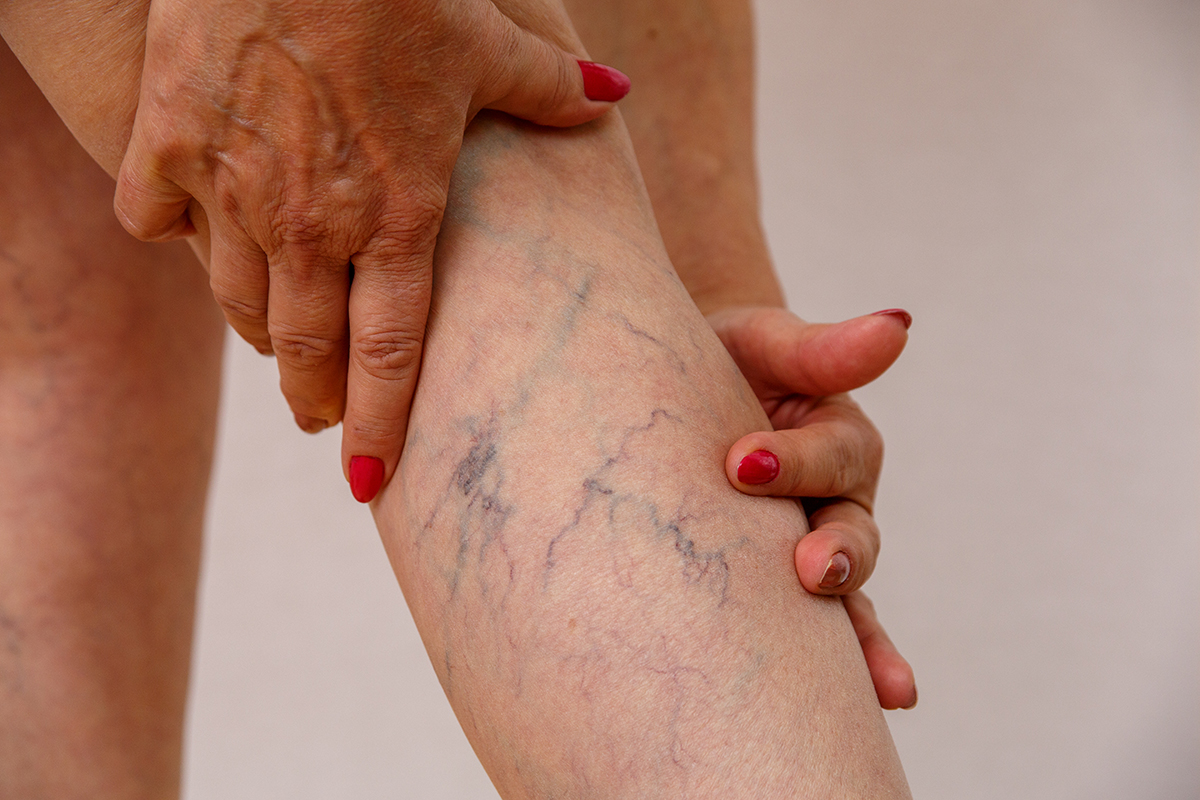Spider Vein Symptoms You May Not Expect

Many people notice small webs of blue and purple veins just under their skin. This web-like appearance is what gives spider veins their name. Typically, these collections of veins are found on the feet, ankles, and legs. Wherever they appear, they can present cosmetic concerns. To date, scientific studies suggest that spider veins are nothing more than this. This could lead to misperceptions that no other symptoms may occur from these small, dysfunctional veins. We know better.
Spider veins can worsen and, when they do, they can cause numerous other frustrating problems besides their appearance. These include:
- Rash
- Swelling
- Itching around the veins
- Restless legs
- Aching, cramping, or throbbing
The presence of symptoms does not mean that spider veins are worsening to varicose veins. However, treatment can be beneficial when symptoms prevent you from feeling your best. Many people seek spider vein treatment when they decide they want to be able to wear shorts and skirts confidently. Treatment should also be sought when:
- Spider veins bleed
- The skin overlying veins changes color
- Veins feel tender and warm to the touch
- Pain recurs or persists
Treating Spider Veins
Veins that are causing distress or physical discomfort should be treated medically. Sclerotherapy, one of the first and longest-standing vein treatments, continues to be the preferred approach to spider veins and small varicose veins. The procedure is conducted in the office in less than an hour, in most cases. A topical numbing cream may be applied but most patients tolerate treatment very well without it. The needle that administers a mild sclerosing agent into the vein is tiny, so the only sensation felt should be a pinprick. After treatment, the veins gradually close and fade away. For spider veins, very little downtime is needed, if any, to recovery from sclerotherapy.
Some people like to try home remedies before undergoing sclerotherapy. The following may help reduce symptoms but do not get rid of spider veins. Only professional treatment can do that. Still, after sclerotherapy gets rid of spider veins, patients may develop habits to decrease the risk of more. Suggestions include:
- Staying active. A daily walk goes a long way at supporting vein health. Walking small distances throughout the day is even better than one long walk only once-a-day.
- Eat a healthy diet. This not only helps to maintain weight and keep the stress on the circulatory system lower but a healthy diet that contains leafy greens and fiber can also help veins stay more flexible and strong.
- Wear compression when needed. If you stand for long periods or engage in distance running or other strenuous activities, your doctor may suggest wearing compression stockings.
When the time comes to say goodbye to spider veins or varicose veins, we can help. Call (908) 788-0066 to schedule a consultation in our Clinton or Bridgewater, NJ office.
